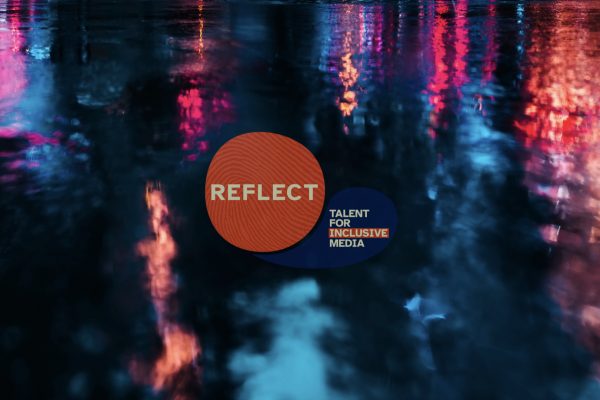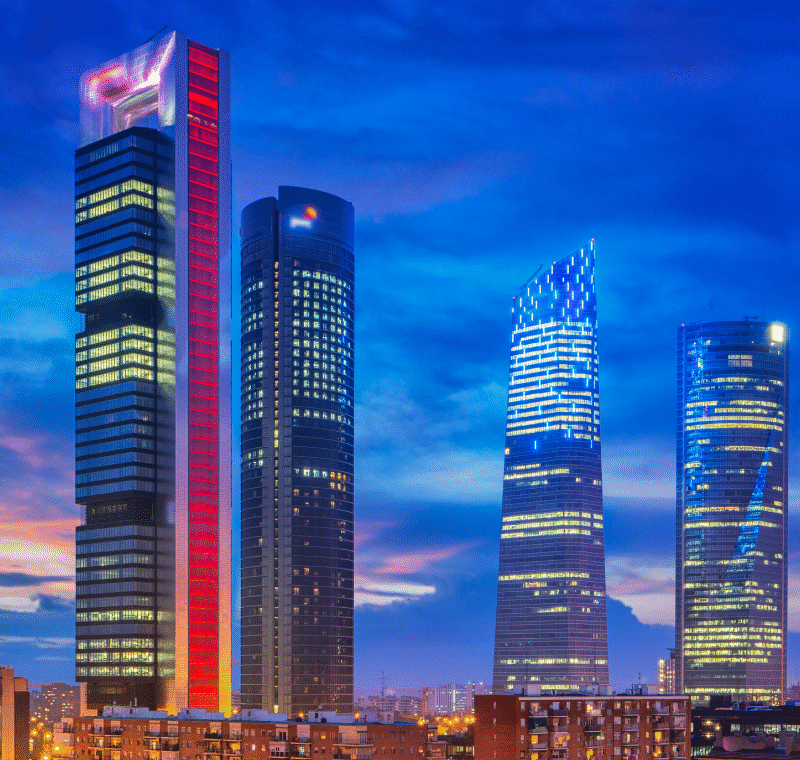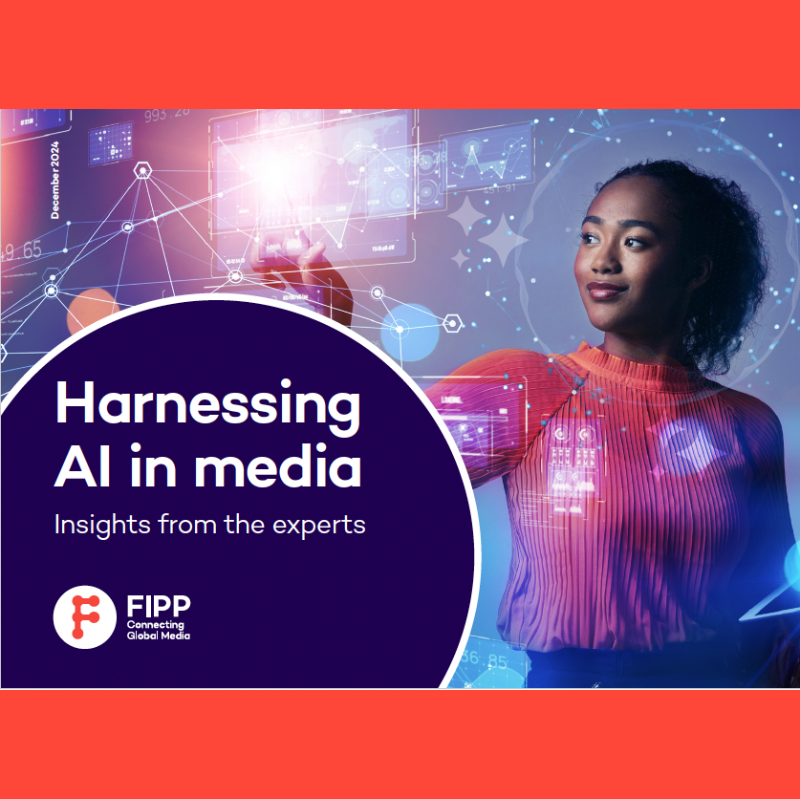15 influencers, 1.6m followers, and 12 brand campaigns already signed… meet the new agency reshaping D&I in media
Launched at the end of last year as part of The River Group, UK diversity and inclusion-focussed talent management agency Reflect is already making waves in the industry.










